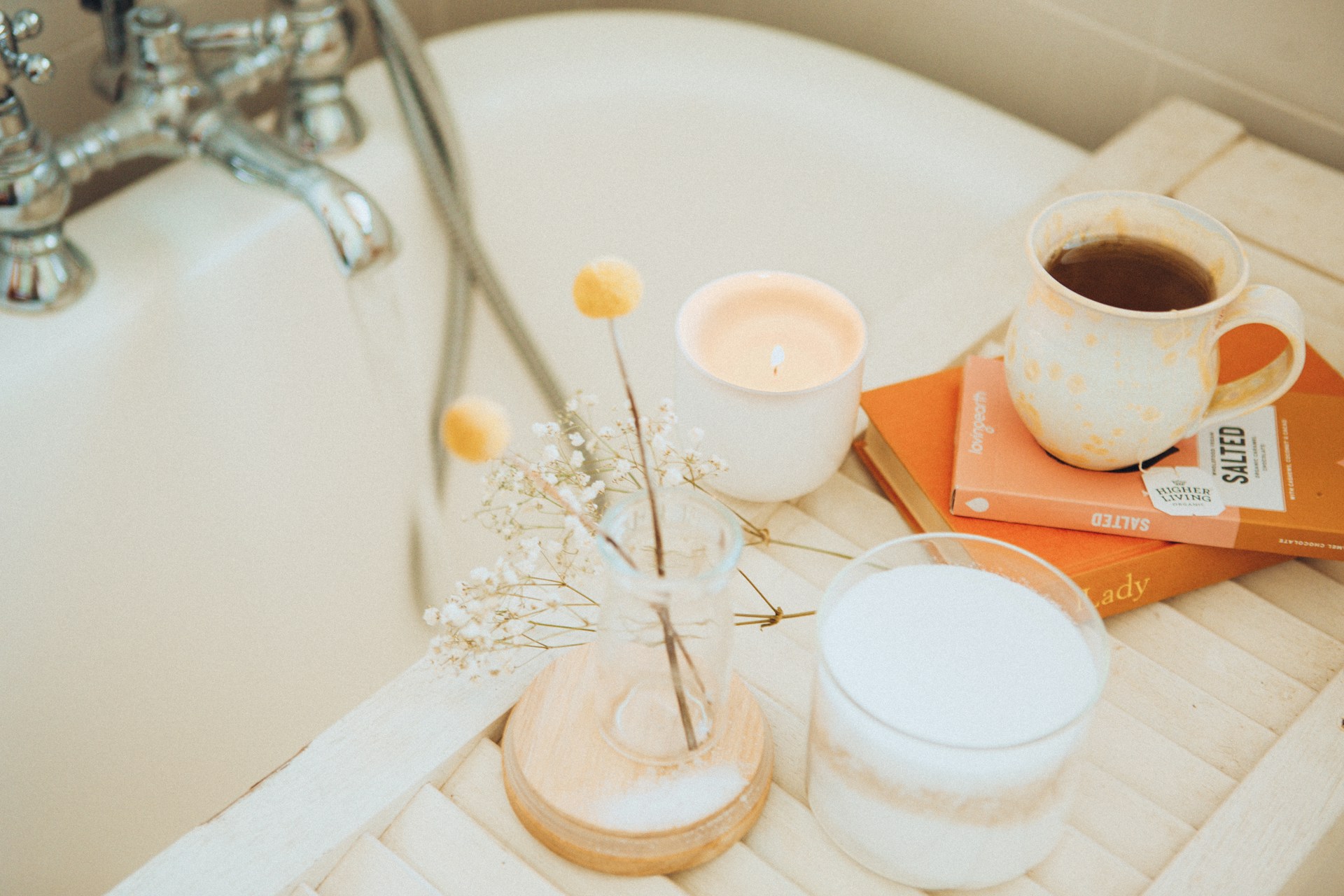
I had tried reflexology at other places.
After I had a session with her,
I immediately thought: "This is the real deal"
FAQ
What is “reflexology”?
Reflexology is an ancient practice that goes back 4000 B.C. and has been a welcomed complementary therapy for many countries. The therapeutic foot massage is based on the premise that our feet correspond to all parts of the body. There are over 7,000 nerve endings in each foot. When we touch our feet, nerve impulses are transmitted from the feet to the corresponding parts of the body through the spinal cord, reaching and helping those far away organs to release tension and function more optimally. Reflexology also removes any blockage in our energy pathways.
I practice two styles of reflexology, the traditional reflexology called the Ingham method, and a gentle variation of traditional reflexology called Reflexolo-chi. I always integrate techniques such the Japanese reflexology, nerve reflexology and Reiki.
What are the benefits of reflexology?
Reflexology doesn’t heal your body; it creates conditions for the body to heal itself.
Reflexology
brings deep relaxation, balances the nervous system and activates your body's natural healing abilities
improves the immune system, digestion, hormonal balance, circulation and general well-being.
is great for stress, anxiety, depression, insomnia, PMS and menopause among other conditions. Stress plays a part in up to 75% to 90% of human diseases, according to many researches.
I’m ticklish. Can I enjoy the session?
This question is common. I have had sessions with people who have said they were ticklish, but none of them have found this style of massage to be ticklish. This is probably due to the way we hold and touch the foot.
How long does a session last?
A session lasts for about 60 to 80 minutes (depending on the course) including a discussion on your health and a warm foot soak with epsom salt and lavender at the beginning. I welcome any questions or concerns you may have during the meeting as well. I end a session with a leg massage (below knees), as leg tensions tend to be related to our foot health and helps improve the lymphatic circulation.
Do I need to get undressed?
No, I ask you to take off your socks and that’s it. Also, I would suggest wearing a skirt or a pair of loose fitted pants if possible, so that you can fully enjoy the session.
Is reflexology suitable for everyone?
Although Reflexology is a gentle, non-invasive modality, there are some contraindications to reflexology
Contagious skin conditions
Active gout in the foot
Under the influence of drugs or alcohol
Blood clot or Deep vein thrombosis, including in the past
Internal bleeding, either recently or currently
Severe Athletes foot or other fungal conditions
Open cuts and sores
Recent fractures/sprains that have not yet healed
During pregnancy
Severe varicose veins of lower legs
Additionally, if any of the following conditions applies to you, please consult with your doctor first.
Heart condition
Diabetes
High blood pressure
I am afraid that my feet look ugly.
Many people are concerned about this issue and I understand that many of us are self-conscious about our feet. I have worked with hundreds of feet and each foot is unique. I was taught and learned to be non-judgmental and I, as a reflexologist don’t see my clients' feet from a cosmetic point of view.
What should I expect after a session?
Most people experience deep relaxation, rejuvenation, energy and focus. Some people feel a desire to rest, which is usually the sign that your body is working to re-balance and detoxify. Please listen to your body and rest if possible.
A reflexology session improves blood circulation, which requires more fluids in your body. Many people find it helpful to drink plenty of fluids for the next 24 hours following a session. In fact, I myself find it helpful to drink water prior to any bodywork session.
